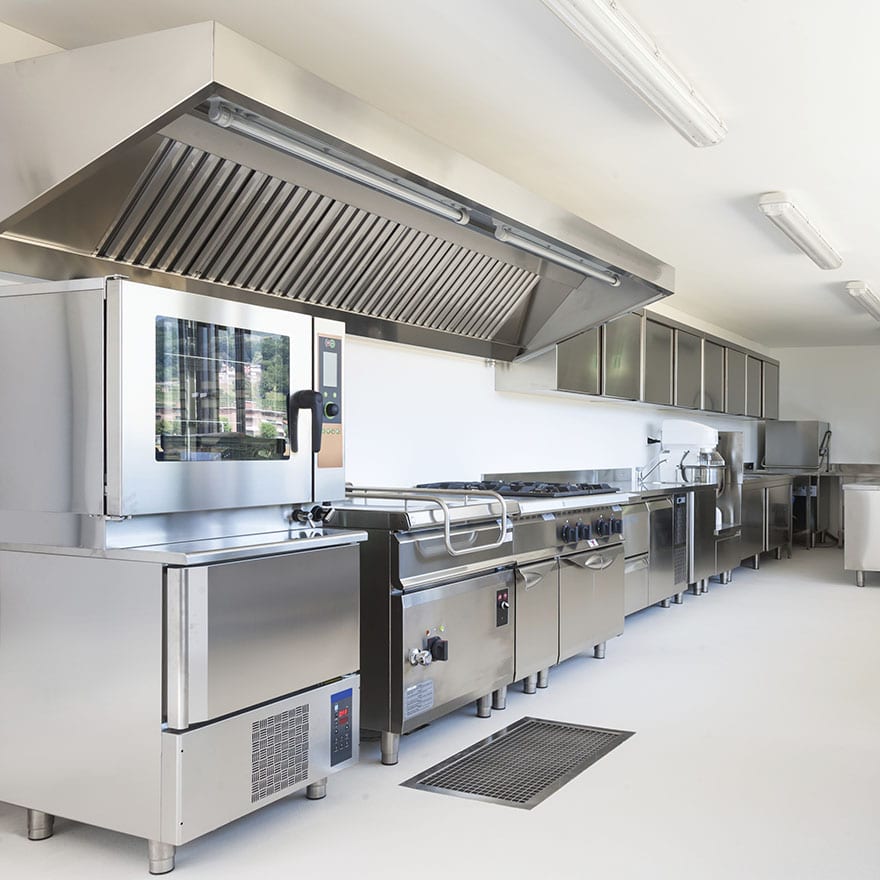
Do it yourself commercial appliance repair explained
You may be worried about the troubles you are having with your cloth washer as it breaks down too often. This often happens when your energy bill is too high and you do not have any money to think about replacing the existing cloth washer with a new one. There are some minor problems related to washers which can be fixed by the owner itself without any need to approach professionals like commercial appliance repair services if he is willing and interested in do–it-yourself activities.
Things to know about commercial appliance repair
In this article I am going to explain how to diagnosis and do repairs to some problems of a cloth washer by the owner itself regardless of his knowledge in mechanics or physics. If you face a problem that is not explained here or if your machine is not working well in spite of attempting what is mentioned here, one should immediately call an expert. You will also have to consult a technician if you think you are incompetent to install a new component of the cloth washer you have recently purchased.
Guide to home appliance repair.
The do it yourself activities have to be started with a thorough inspection of the machine in question. It is better to read the owner’s manual before starting the inspection of the machine. It will usually contain a diagram which explains where to find various parts of the machine. As a first step, check whether the machine has been plugged in correctly. After this one should check whether the fuse has been blown. If no problem is suspected in those matters then you have to unplug it before proceeding further. If any difficulty is noticed in unplugging the machine cut of the supply lines to the machine. If the machine is a gas powered one, make sure that the gas line has been shut off.
Diagnosis and cure
Valve screens: Make sure that the shut-off valves are open and water can flow at full force. Now you have to check whether the valve screen is blocked. They will be installed at the connecting point of the inlet hose and at the shut-off valve. These valves are intended to sift residue and other grit from the water. Shut off these nozzles at the wall. Remove the inlet hose and place its end inside the tub of the machine.
Now turn on the nozzles and if water flows you can be sure that the problem is with the machine end of the hose. Now remove these screens with the help of needle-nosed pliers. Wash then cleanly using good detergent. If necessary you can replace them also. If no water is coming out during the experiment, the problem can be with the valve screens at the wall end. In that case you either need to clean them or remove them. As a regular maintenance method one should regularly check and clean these screens.
Solenoid water valve: This is also called as mixer valve. This is a plastic component used to connect the machine to the inlet hoses. With the help of solenoid activated plungers controlled by water-temperature dial of the washer, the water lines are opened and closed and hot, warm or cold water is filled inside the machine.
To check, one has to shut of the water supply. Before unplugging the machine, one has to turn on the washer so that circuits in the valve are energized. Now, disconnect the hoses after unplugging the washer and remove the water valve. Make note of the locations so that it is easy to hook them after completing the inspection.
Now check the solenoids with the help of a continuity tester or a multimeter. This can be done by placing the two terminals of the solenoid on the tester’s probes. If the testers light burns or if the multimeter responds positively, you can check the other solenoid also in a similar way. If both these tests give positive response one can be sure that the solenoids are alright. If not you will need to replace them.
Make note of the locations so that it is easy to hook them after completing the inspection. Now check the solenoids with the help of a continuity tester or a multimeter. This can be done by placing the two terminals of the solenoid on the tester’s probes. If the testers light burns or if the multimeter responds positively, you can check the other solenoid also in a similar way. If both these tests give positive response one can be sure that the solenoids are alright. If not you will need to replace them.
Broken belt or pulley: Belt on most common cloth washers are placed underneath the machine and it can be replaced without the need of any tools. In some brands one may need to open the panel at the back. In some other machines it will be difficult to remove them without the help of trained professionals. In such cased do not attempt to remove or replace them.
Drain hose: Through this flexible conduit the rinse water is drained out. Usually they are kept at a height of 3 to 6 feet. Check whether the drain hose is extending too much into the drain pipe as it can create some siphoning problem. If you find it difficult to increase the height of the drain hose you may need to insert a siphon break which is available in all hardware stores. This can be installed by cutting the drain hose into two near the top and connecting each end to the siphon-break valve made of plastic.
Similarly there are other DIY activities also. Knowing them well will help the home owner from the get himself protected from the unnecessary expenditure that he will have to face when he approaches some commercial appliance repair technician Vienna.
Categories: Home Improvement
